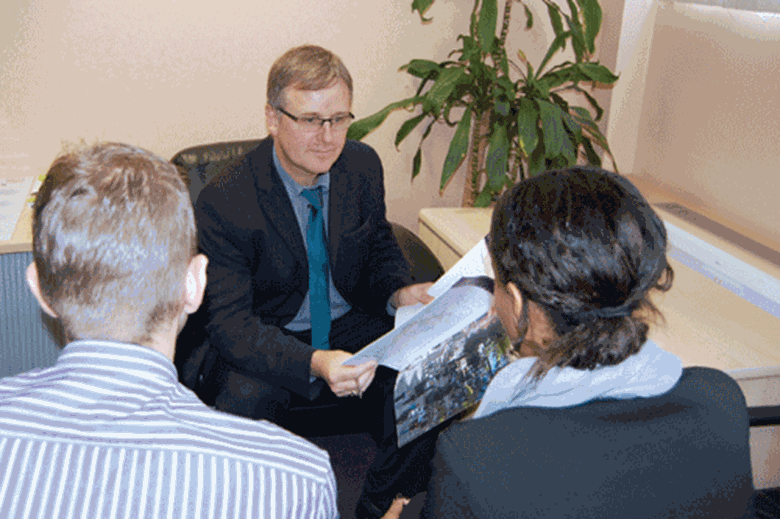Good Practice: How Harrow's partnership with Coram is boosting its adoption success rate
Monday, October 31, 2011
Harrow Council's Adoption Service now has a 100 per cent success rate in finding adoptive parents for children with adoption plans

Service Harrow Council's Adoption Service - partnership with Coram
Funding Harrow Council funds Coram's staffing costs of about £100,000 a year plus up to £80,000 a year based on placements made
Purpose To improve outcomes for looked-after children by ensuring swift access to secure and loving permanent homes
Background Harrow Council was looking for ways to increase the efficiency of its adoption services and was keen to make the most of the expertise of the voluntary adoption sector. In September 2006 the authority's adoption service embarked on a partnership with children's charity Coram. The move saw a team from Coram based within Harrow's children's services and has led to a marked improvement in the number of successful placements.
Action While Harrow's adoption service still has the ultimate say over adoptions, Coram handles the assessment and approval of prospective adoptive parents and is responsible for finding families for children. The charity also supports families once an adoption has gone ahead.
The Coram team, which consists of a team manager, senior practitioner and a part-time admin worker, is based at the children's services department. This is key to the success of the partnership, explains Peter Tolley, Harrow's service manager for children's placements. "It is really important in terms of early intervention and giving on-the-spot advice and support to social workers," he says. The team has a strong, trusting relationship with children's services staff, he adds.
Coram is involved at a very early stage in care cases, often before an adoption plan has been agreed. Where it looks unlikely that a child can be reunited with their birth family, the team starts looking for potential adoptive parents straight away so that if a recommendation for adoption is made there is a suitable family ready and waiting.
While the process cannot be rushed, Tolley says that "it is important to have a sense of urgency when it comes to making plans for looked-after children". He adds that the benefits of adoption are well documented. "Outcomes for children revolve around them feeling safe and secure, and the stability of placements."
Working with Coram gives Harrow access to the charity's nationwide bank of families - at any one time they have 60 approved adopters on their books. Coram's expertise in family matching and access to a wide range of support services have helped ensure adoptions work.
Harrow looked-after children also benefit from Coram's use of "concurrent planning" in foster care, which means children can go straight to a family that is approved for both fostering and adoption.
If a recommendation for adoption is made, a child may then be adopted by that family without the upheaval and stress of moving to a new home.
Outcome Harrow now has a 100 per cent success rate in finding adoptive parents for children with adoption plans, including children considered difficult to place such as those with special needs and disabilities.
There have been no placement breakdowns since the partnership started. All children are placed within the required six-month period with the average time currently only 124 days (four months). There has been a marked increase in the number of looked-after children who have been adopted or placed under a special guardianship order from three per cent in 2006/07 to 22 per cent in 2010/11.
Forty-four per cent of the adoption and special guardianship orders overseen by Harrow over the past four years were for children over the age of four compared to a national average of 27 per cent. The service has helped Harrow avoid an increase in the number of children in care experienced by many other local authorities despite an increase in referrals.
An evaluation by KPMG estimated the service saved the council in the region of £440,000 a year through savings on foster and residential care placements alone – not taking into account the improved welfare of children and reduced need for support services in the future.
- If you think your project or programme is worthy of inclusion, email data to ravi.chandiramani@markallengroup.com




